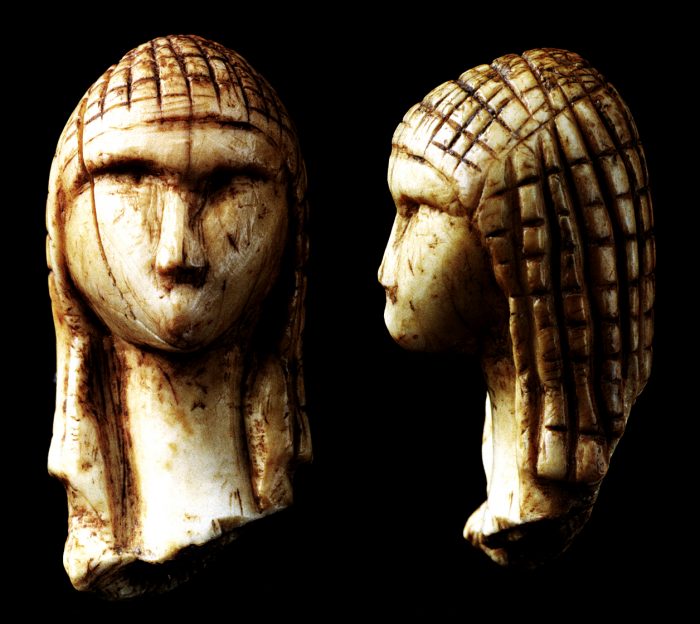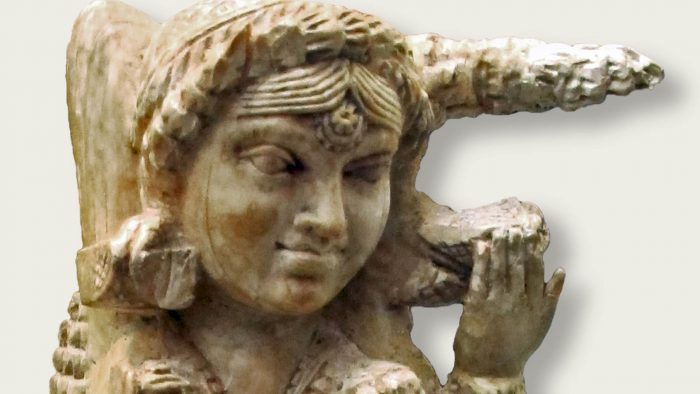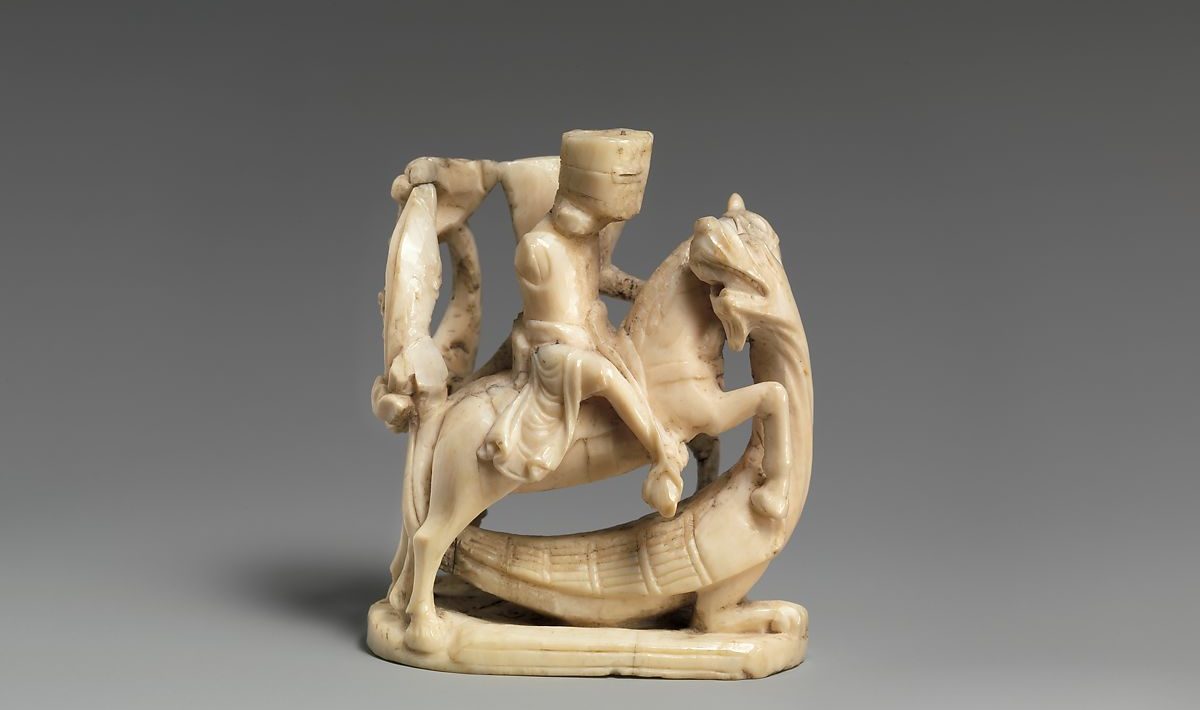Ivory carvings have been one of the most popular decorative items in the world for years. People across the globe have been using them to decorate their homes and religious places. However, ivory carvings have recently attracted a lot of controversies.
So, what are ivory carvings, how did they originate, and do they have a use in the present day? Let’s find out.
What Are Ivory Carvings and How Are They Made?
Table of Contents
Ivory is a material obtained from animal teeth or tusk. People often think ivory comes from elephants only, which is incorrect. Ivory can come from any animal, including elephants, sperm whales, hippopotamus, narwhal, and walrus. Carvings made from ivory are known as ivory carvings.
The process of making these carvings is quite simple. The first step is to get the tusk or teeth of the animal, which usually requires killing the animal. Once the tusk is obtained, the sculptor lets it dry for a while. The final step is to use sharp tools to make carvings.
Why Ivory Carvings?
There were several reasons ivory carvings gained so much popularity. Back in the day, ivory was a rare and expensive material, and only the richest could afford it. Sculptors used it for luxury products because they could achieve fine detail. Moreover, ivory has no bullion value and is difficult to recycle. It has a long shelf life and is not at risk of corrosion or environmental damage like other materials.
Use of Ivory Carvings in Different Parts of the World
The use of ivory is prevalent worldwide. Let’s look at some countries and regions that first used ivory carvings.
Europe
Chryselephantine sculptures coming out of Europe date back to the 6th century Byzantine Empire. Athena Parthenos is another ancient ivory carving coming out of Europe that denotes the Greek goddess Athena. Findings also suggest that ivory’s use was present in the Achaemenid Empire in Susa. The throne of Maximianus consisted of the late antiques made from ivory. It dates back to 500-600 AD.
Islamic World
Islamic art comprises various intricate geometrical patterns, and ivory is perfect for that. From 700 AD, the Islamic world reached heights of prosperity. And one of the highlights of that period is beautiful ivory carvings. Many places under the influence of the Islamic world, such as Arabia, North Africa, and the Middle East, have produced amazing ivory carvings.
India
In ancient times, India was one of the biggest centers of Ivory carvings in the world. The city of Murshidabad in West Bengal was a renowned center of ivory carving. One of the exquisite carvings from Murshidabad is on display in Victoria Memorial, Kolkata. Hinduism, the religion originating from India, involves a lot of idols. Back in the day, ivory was the preferred material to make idols. The Indian states of Rajasthan, Uttar Pradesh, and Tamil Nadu were also famous for their carvings.
East Asia
East Asian countries have not been the center of ivory carvings, but they gained a lot of popularity in the later years. In China, sculptors started using ivory as early as 100 BC. However, it never became as prestigious as jade, a similar-looking mineral.
Ivory became popular in Japan in the 17th century. There’s not much information about the use of ivory in Korea and other regions of East Asia.
Five Famous Ivory Carvings in the World
Having discussed the history of ivory carvings and their use in various countries, let’s now look at five famous ivory carvings in the world.
Venus of Brassempouy
The Venus of Brassempouy, meaning the lady of Brassempouy, is one of the oldest carvings in the world. Archeologists discovered it in a cave in 1892, and it’s known to be at least 25,000 years old. Not only the oldest carvings but it’s also considered as one of the first realistic representations of the human face.

Lilleberge Viking Burial
The Lilliberge Viking Burial is an ancient Viking object found in the late 19th century in central Norway. It dates back to the 9-10th century and represents a boat. Vikings used to raid nearby lands on boats for food and ornaments.
The Throne of Maximianus
The Throne of Maximianus is an ivory carving resembling a throne from the Byzantine Era. It’s currently on display at the Archiepiscopal Museum, Ravenna. The throne is actually real, and historians say Maximianus sat on it. The throne dates back to 500-600 BC.
Pyxis of al-Mughira
The Pyxis of al-Mughira is an ivory-carved portable container dating back to the Spanish Umayyad period. Currently, it’s on display at the Louvre Museum in Paris. Archeologists believe this Pyxis is from 900 to 1000 AD. The carvings on the exterior of the Pyxis depict various designs and stories.
Pompeii Lakshmi
The Pompeii Lakshmi is an ivory statue found in the ruins of Pompeii, an ancient Italian city that fell victim because of a volcanic eruption. The statue dates back to 79 CE and denotes the goddess Lakshmi, the Hindu goddess of wealth, fertility, and feminine beauty.
Ivory Carvings Trade Controversy
Ivory trade has always been a controversial matter. In 1990, the US imposed a ban on the international ivory trade. US President Barack Obama banned the trade of elephant ivory. However, Donald Trump lifted that ban in 2017, allowing ivory imports from Zimbabwe.

One of the major criticisms of ivory carvings is animal brutality. Traders need to kill elephants and other ivory-giving animals in order to use their tusks. Many animal activist organizations have openly protested against the brutal killing of elephants for their tusks.
Hence, many countries have banned the ivory trade.
Conclusion
Ivory carvings are one of the most popular decorative and jewelry items from the ancient era. Almost every country has used ivory to carve out idols, thrones, and containers. Today, most carvings are on display in museums worldwide. Most countries have now imposed a ban on the ivory trade to stop the killing of elephants and other animals for their tusks.
So, which ivory carving among the five discussed earlier is your favorite?





